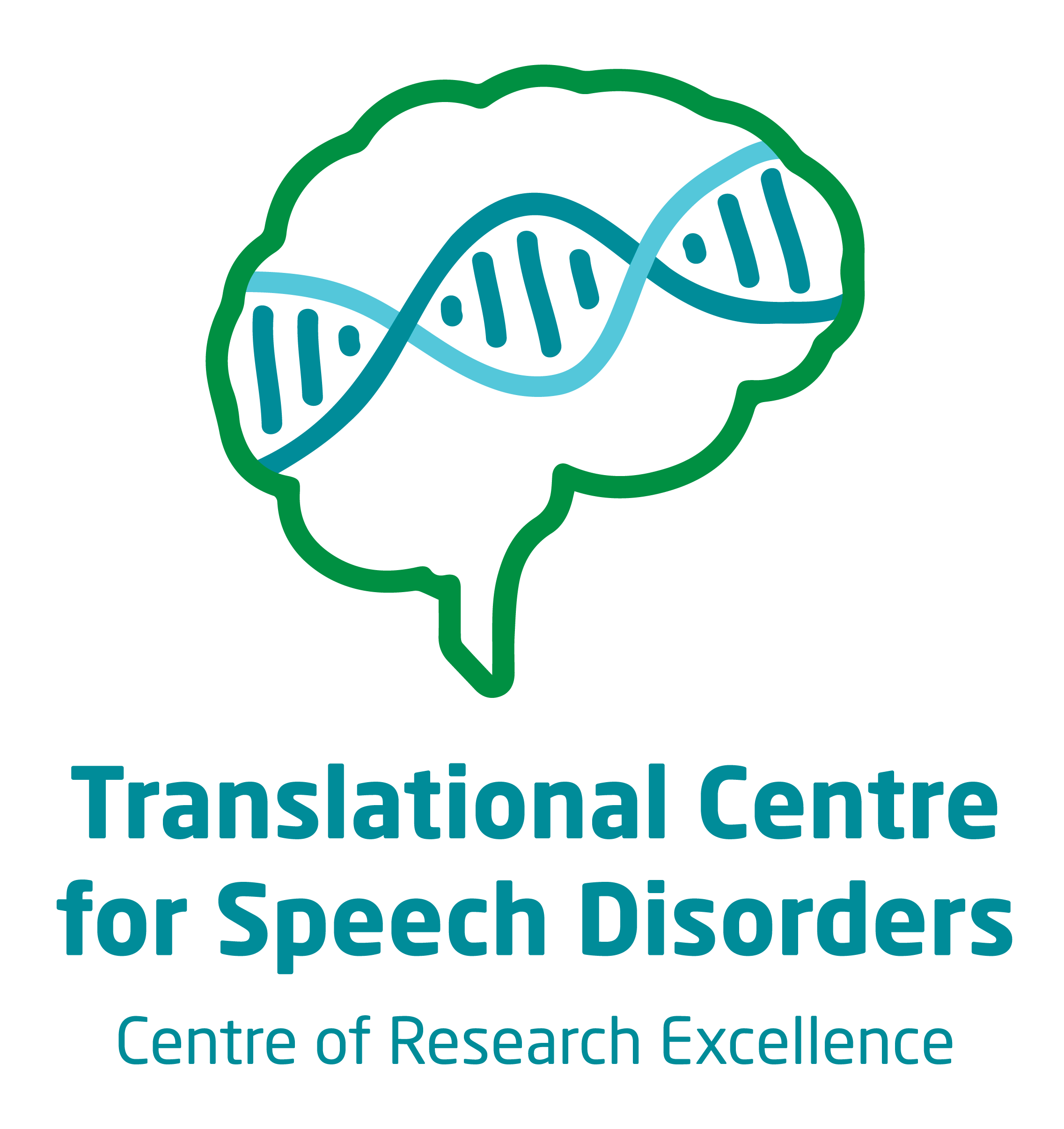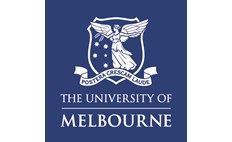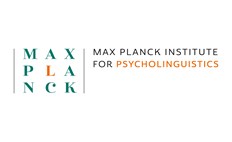KDM5C
What is KDM5C-related disorder?
KDM5C is found on the X chromosome and encodes a histone demethylase involved in the regulation of gene expression and DNA methylation.1,2 The KDM5C protein is mainly expressed in the brain.3 Pathogenic changes in KDM5C have been associated with intellectual disability, ranging from mild (in females) to severe (in males). KDM5C-related disorder is also known as X-linked syndromic intellectual developmental disorder.
Females with KDM5C-related disorder have been reported as having short stature, facial dysmorphisms, and mild intellectual disability.1 Most males with KDM5C-related disorder have Claes-Jensen type of X-linked syndromic intellectual developmental disorder. Males with KDM5C-related disorder are more severely affected than females and have more significant different facial features (dysmorphisms), developmental delays, intellectual disability, motor impairments, speech and language impairment, short stature, protruding tongues, and seizures.
The following information refers to females with KDM5C- related disorder.
Contact
For further information, do get in touch with the CRE Speech and Language research team at:
Email: geneticsofspeech@mcri.edu.au
Phone: (03) 9936 6334
Frequently asked questions
There is much variation in the developmental presentation of females with KDM5C-related disorder. The presence and severity of other associated features (e.g., intellectual disability) may also affect speech development. Based on present research, most females with KDM5C-related disorder will take more time to reach developmental speech and language milestones relative to peers. 1
There is large variation in speech and language development of individuals with KDM5C-related disorder. One speech condition that has been linked to KDM5C-related disorder is Childhood Apraxia of Speech (CAS). CAS is a motor speech disorder affecting the production, sequencing, and stress of speech.4,5
There is considerable variability between individuals with this condition. Currently, there is not enough data to inform exactly how speech develops overtime and when certain milestones can be anticipated. Some individuals do not develop enough verbal speech to rely on this for their daily communication needs. These individuals require augmentative and alternative communication (AAC) systems to communicate, whilst other individuals can rely on verbal speech to communicate.4
Of the individuals reported to date in the scientific literature, many individuals attend mainstream school with support.1, 4 However, any individual should be assessed for their needs, and should attend the most appropriate education setting based on their needs, the supports available in different educational settings and of course taking into consideration local educational policies.
At present, speech and language therapies are focused on the individual’s specific speech and language needs. A speech pathology assessment will pinpoint the specific areas for support, taking into consideration the goals for the individual/family. Children who have few spoken words or some words that are unclear, may benefit from augmentative and alternative communication (AAC) options (e.g., sign language, electronic speech generating devices).
For verbal children who have CAS, the Nuffield Dyspraxia Programme version 3 (NDP-3) or the Rapid Syllable Transition Treatment (ReST), are two programs which have been proven to be effective in a randomised controlled trial.5 There are currently a number of other CAS focused therapies undergoing rigorous clinical testing, including Dynamic Tactile Temporal Cueing.6 One treatment that is often used for children who are minimally verbal and who benefit from tactile prompts (prompts to the lips, cheek etc) to help stimulate speech production is Prompts for Restructuring Oral Muscular Phonetic Targets (PROMPT). 7,8 Yet to date, none of these therapies have not been specifically trialled with children with neurogenetic conditions. Further to the speech production therapies, children who have delayed language also require early intervention programs targeting early language development.9
For information and support on KDM5C-related disorder: https://kares.foundation/
For information and support on childhood apraxia of speech: https://www.apraxia-kids.org
References
- Ounap K, Puusepp-Benazzouz H, Peters M, Vaher U, Rein R, Proos A, et al. A novel c.2T>C mutation of the KDM5C/JARID1C gene in one large family with X-linked intellectual disability. Eur J Med Genet. 2012;55:178–84.
- Brookes E, Laurent B, Õunap K, Carroll R, Moeschler JB, Field M, et al. Mutations in the intellectual disability gene KDM5C reduce protein stability and demethylase activity. Hum Mol Genet. 2015;24: 2861–72.
- Scandaglia M, Lopez-Atalaya JP, Medrano-Fernandez A, et al.Loss of Kdm5c causes spurious transcription and prevents the fine-tuning of activity-regulated enhancers in neurons. Cell Rep. 2017;21(1):47-59
- Kaspi, A., Hildebrand, M. S., Jackson, V. E., Braden, R., Van Reyk, O., Howell, T., ... & Morgan, A. T. (2022). Genetic aetiologies for childhood speech disorder: novel pathways co-expressed during brain development. Molecular psychiatry, 1-17.
- Murray, E., McCabe, P., Ballard, K.J. (2015). A randomized controlled trial for children with childhood apraxia of speech comparing rapid syllable transition treatment and the Nuffield Dyspraxia Programme–Third Edition. Journal of Speech, Language, and Hearing Research, 58(3), 669-686.
- Strand, E. A. (2020). Dynamic temporal and tactile cueing: A treatment strategy for childhood apraxia of speech. American Journal of Speech-Language Pathology, 29(1), 30-48.
- Morgan, A. T., Murray, E., & Liegeois, F. J. (2018). Interventions for childhood apraxia of speech. Cochrane Database of Systematic Reviews, (5).
- Namasivayam, A. K., Huynh, A., Granata, F., Law, V., & van Lieshout, P. (2021). PROMPT intervention for children with severe speech motor delay: a randomized control trial. Pediatric research, 89(3), 613-621.
- Ebbels, S. H., McCartney, E., Slonims, V., Dockrell, J. E., & Norbury, C. F. (2019). Evidence‐based pathways to intervention for children with language disorders. International journal of language & communication disorders, 54(1), 3-19.






